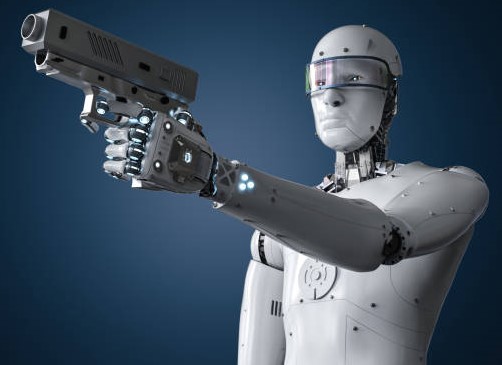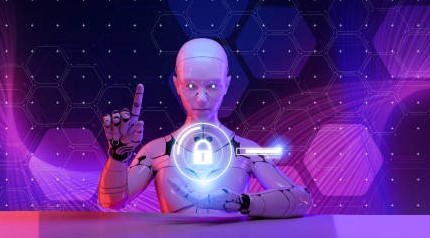Introduction
Artificial Intelligence (AI) has made significant strides in recent years, transforming industries and changing the way we live and work. From self-driving cars to virtual assistants, AI has become an integral part of our daily lives. However, as with any technological advancement, there is a dark side to AI that we need to be aware of. The potential risks and dangers associated with AI are significant, and they could have far-reaching consequences for our society. In this article, we’ll explore the darker side of AI, including the risks of job displacement, the potential for biased algorithms, the threat of autonomous weapons, and the ethical implications of machines making decisions for us. By understanding these risks, we can take steps to mitigate them and ensure that the benefits of AI are harnessed while minimizing its potential harms.
Potential Risks and Dangers of AI
Artificial Intelligence (AI) has the potential to transform our world in many positive ways, but it also carries significant risks and dangers that cannot be ignored. In this article, we will delve deeper into the dark side of AI, exploring some of the most significant risks and dangers associated with this powerful technology.
One of the most pressing risks associated with AI is job displacement. As AI systems become more advanced, they will be able to automate an increasing number of tasks that were previously performed by human workers. This could lead to widespread unemployment, particularly in industries such as manufacturing and transportation, where many jobs are at risk of automation. This could have significant economic and social consequences, particularly for those who are most vulnerable in our society.
Another significant risk of AI is the potential for biased algorithms. Machine learning algorithms are only as good as the data they are trained on, and if this data is biased or incomplete, the algorithm will learn to make biased decisions. This could lead to discrimination against certain groups of people, perpetuating existing social inequalities and exacerbating the problems of discrimination that already exist in our society.
Autonomous weapons are another significant danger associated with AI. These weapons are designed to operate without human intervention, making decisions about who to target and how to act based on their programming. This could lead to catastrophic consequences, particularly if these weapons fall into the wrong hands or are used for nefarious purposes.
The ethical implications of machines making decisions for us are also a significant concern. As AI becomes more advanced, it will be able to make decisions in a wide range of areas, including healthcare, finance, and law enforcement. However, the question of who is responsible for these decisions, and how they are made, is a complex one. The development of ethical guidelines for AI will be critical to ensure that these systems are used responsibly and ethically.
How to Avoid the Risk and Dangers of AI
To avoid the potential risks and dangers associated with AI, several steps can be taken.
Firstly, policymakers and industry leaders must take steps to ensure that AI is developed and deployed responsibly and ethically. This could involve the development of regulatory frameworks and ethical guidelines for AI, as well as investing in research to better understand the risks associated with this technology.
Secondly, there is a need to ensure that AI systems are transparent and accountable. This could involve making the source code for AI algorithms open source, or implementing mechanisms for auditing and testing these systems to ensure that they are making unbiased decisions.
Thirdly, it is important to invest in education and training programs to prepare workers for the changing nature of work in an era of AI. This could involve re-skilling programs and other initiatives designed to help workers transition into new industries and roles.
Finally, there is a need to ensure that the benefits of AI are distributed fairly and equitably across society. This could involve measures such as a universal basic income, which would provide a safety net for workers who are displaced by AI, or other initiatives designed to ensure that the benefits of AI are shared fairly across society.
Thoughts
The potential benefits of AI are significant, but it is essential to be aware of the risks and dangers associated with this technology. By taking steps to mitigate these risks, we can ensure that the benefits of AI are harnessed while minimizing its potential harms. This will require collaboration and cooperation between policymakers, industry leaders, and the public to ensure that AI is developed and deployed responsibly and ethically.
While the potential risks and dangers associated with AI cannot be ignored, some steps can be taken to mitigate these risks and ensure that AI is developed and deployed responsibly and ethically. By working together, policymakers, industry leaders, and the public can ensure that AI is a force for good in our world, rather than a source of harm and danger.



